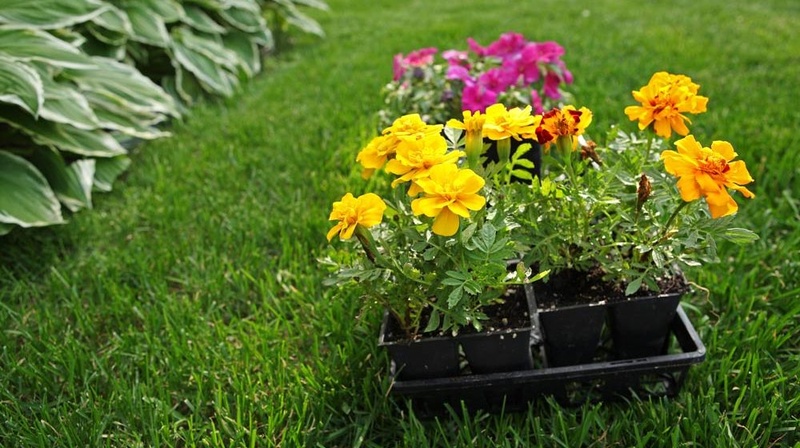
Plant Terms You Should Know
Do you know your plant words? Check out our list. You’ve no doubt heard some of these words, like annuals and deciduous. Others are a little more obscure (palmates and noxious weeds). Ever heard of an end-of-the-hose plant? That’s on the list too.
Test your plant vocabulary. Do you know these terms?
A
Annual: A plant that only lasts one season. Its lifespan completes within 4-6 months.
Aquatic plants: Plants that grow in or on top of water.
Arboretum: A garden, usually established for educational or scientific purposes, that contains many species of trees and plants.
B
Bare Root: Plants that are sold with no soil around their roots.
Bedding plants: Plants suitable for filling up a landscaping bed.
Bulb: An underground form of a bud that holds water and nutrients and from which a plant grows.
C
Canopy: A tree’s spread of branches and leaves (not to be confused with crown).
Crown: The part of a tree trunk where it meets the root system in the ground (not to be confused with canopy).
Cultivar: A plant that has been grown from a cutting rather than from a seed.
D
Deadhead: The practice of cutting dead flowers off of their stems.
Deciduous: A tree that loses its leaves in the cool/non-growing season.
Dethatch: The removal of a layer of dead and organic matter built up between the soil and the bottom of grass blades.
E-F
End-of-the-Hose Plant: A plant that is sturdy and drought tolerant and grows beyond the reach of the end of the garden hose.
Evergreen: A tree whose leaves keep growing all year.
Filler Plants: Those plants that provide fill in a container or bed between other plants that are low and ones that are tall.
G-H
Germinate: When an embryo in a seed grows into a seedling.
Ground Cover: Short plants that spread across the ground.
Herbaceous: A plant that has soft tissues (not woody).
Humus: A soil component made rich by decomposing leaves and organic matter.
Hybrid: The plant that is produced when two different plants are bred together.
I-N
Invasive Plant: a non-native plant that grows out of control and takes over native plant communities.
Native Plant: A specimen of plant that has grown in an area for a very long time and is historically found in the area.
Noxious Weeds: Invasive and non-native plants that pose a threat to local agriculture and landscaping.
O-Q
Ornamental Grass: Grass that is planted as a specimen, i.e. not turf grass.
Oxygenators: Plants that grow in a pond and provide oxygen for the water.
Palmate: A plant shape that resembles a hand, with leaves that grow like fingers from a central point.
Parasitic Plant: A plant that gets its nutrients from another plant.
Perennial: A plant that lives for many seasons or even years.
Propagation: The starting of new plants, usually from seeds or cuttings.
R
Rhizome: A stem that appears as a root in that it grows sideways underground and produces new leaves and shoots.
Root Ball: A clump of roots and the surrounding soil of a plant or tree dug up from the ground.
Roots: The part of a plant that grows under the ground, takes in nutrients and water, and supports the plant.
S-X
Softscaping: Elements of a landscape that include plants, grass, shrubs, and trees.
Variegated: Leaves that display more than one color.
Wet Feet: Plants that can tolerate soggy or saturated soil.